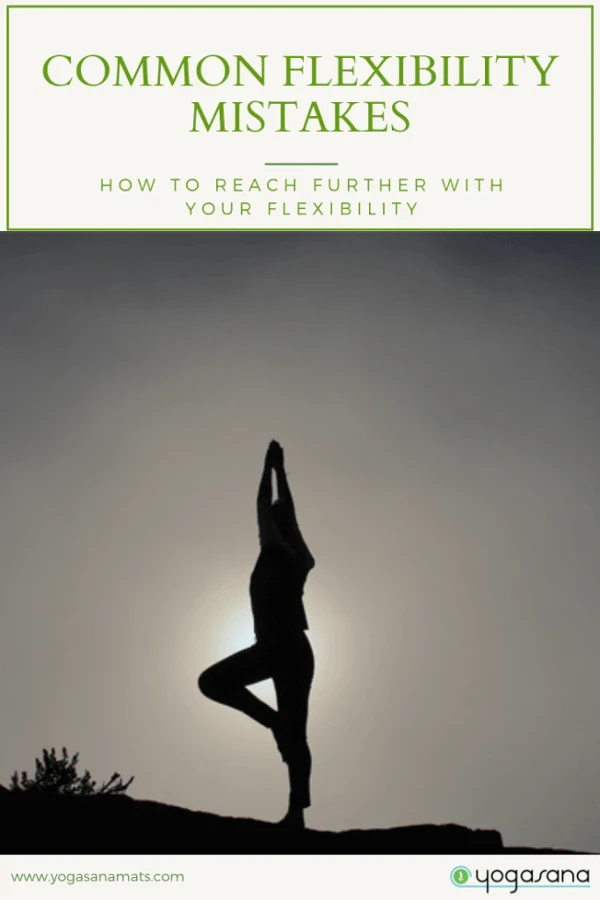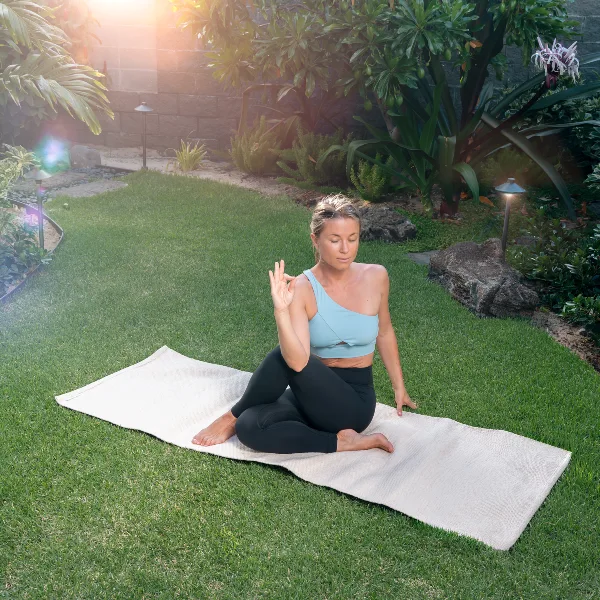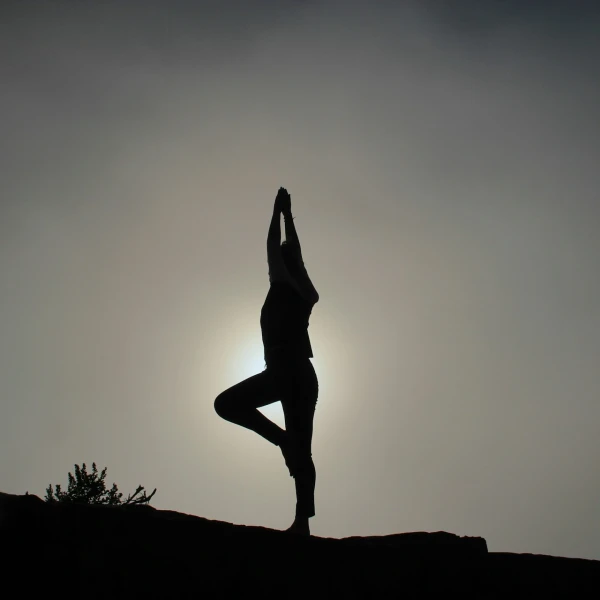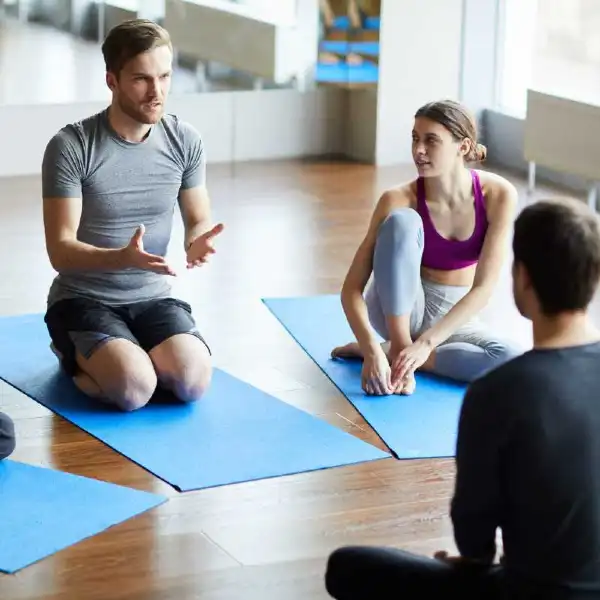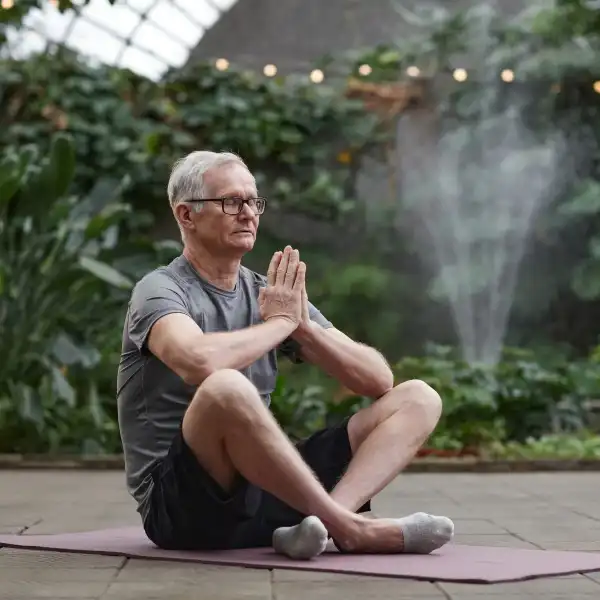One of the biggest misconceptions out there is that gaining flexibility is easy. But after a certain age, just doing a few morning stretches isn’t likely going to yield any results. Plenty of people have attempted to gain more flexibility and had it backfire on them.
Here are the likely reasons why you’re struggling to gain more flexibility and what you can do to reach further:
Mistake #1. You’re Not Warming Up
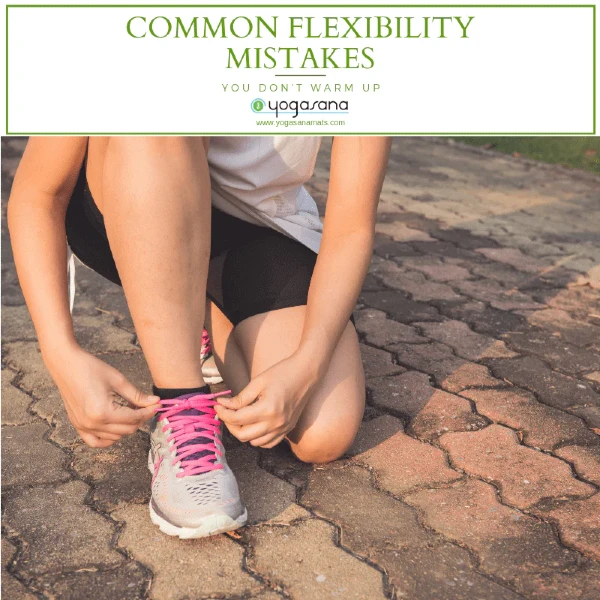
This is one of the reasons why morning stretches are a bit of a challenge. Your muscles need to warm up first. In fact, stretching cold muscles can result in strain. So, how do you warm up your muscles for stretching?
What to do
Your body needs to get ready for the big stretches ahead, so it’s wise to prep by doing a few dynamic exercises beforehand. That means you’re going to need to make small stretching movements to target the parts of your body that you will be using.
Consider doing a few jumping jacks or simple cat/cow poses to stretch the legs, arms, and shoulders. For the spine, do a few small twists and bends to make way for larger backbends.
Mistake #2. You’re Impatient

You would never expect to run a marathon a week after you start training. Nor would you expect to lift heavy weights if you’ve never gone to the gym. The same can be said about stretching. Stretching can actually prove to be very intense. Changing your body’s range of motion takes time—it shouldn’t be forced.
Nothing good will come off your impatience. It increases your stress levels which then makes you impulsive. When you just jump at the very first yoga sequence thinking there’s some sort of shortcut, you’ll end up wasting your energy. You’ll only strain yourself without achieving your desired outcome.
What to do
Think of every passing day as a step towards your goal. Take it one day at a time. Accept that it will take time for your body to get used to your routine. It needs to understand what you’re trying to do in a slow and gentle manner so it could react properly. Take a deep breath and remind yourself that patience and routine practice is the key to getting flexible.
Mistake #3. You Forget To Breathe

The breath/body connection is a huge one—and one that many of us forget about. Your breath is how your body communicates with the nervous system. It is what tells it to release and relax. Deep breathing is a very important aspect of your practice. It not only puts oxygen in your body, but it also helps prevent injuries. When your breath is held, muscles stay contracted, and space cannot be created in the body.
What to do
What you can do about this is pretty straightforward, isn’t it? Breathe. Let the oxygen slowly enter your body. Inhale through your nostrils until air fills your lungs, hold it for a few seconds, and then slowly exhale through your mouth. Do this continuously throughout the sequence.
Mistake #4. You Overstretch![]()
The idea that you could overstretch may seem impossible. The more stretching the better, right? Wrong. You know you’ve overstretched your muscles when you feel a sharp pain instead of getting the usual soreness after exercising. And then you’d have to wait until your body recovers. Doesn’t sound nice, does it?
What to do
You want to find a balance. Vary the body part you are stretching and the types of stretches that you do. Mix it up between dynamic and static stretches. Listen to your body. It’s normal to feel some tugging in your target areas because that’s the signal that you’re doing it right. What should raise a red flag is when you suddenly feel pain in those areas. Be careful when stretching your hamstrings and lower back as they are more prone to overstretching.
Mistake #5. You Fold From Your Lower Back
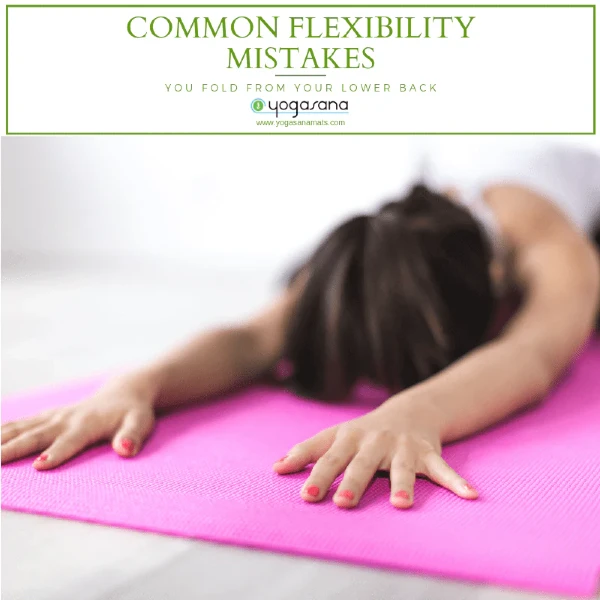
This is another common mistake. The body is not meant to be in this position, so it compensates by using the part that is easier to bend forward, which is the spine. That could lead to some injury to your lower back. But when done correctly, folding positions can help elongate the back line of the body and lengthen the hamstrings.
What to do
You should always fold from your hips, not your lower back. Make sure you put at least a small bend in the knees to train the body to fold at the hip joint. Rest your torso on your thighs and straighten legs by pressing into the feet while lifting up the backs of the thighs. Do not let your torso round away from your thighs in any forward bend. It causes the head and the hamstrings to work like ropes playing tug of war with your back.
Mistake #6. You Don’t Stretch After A Cardio Workout
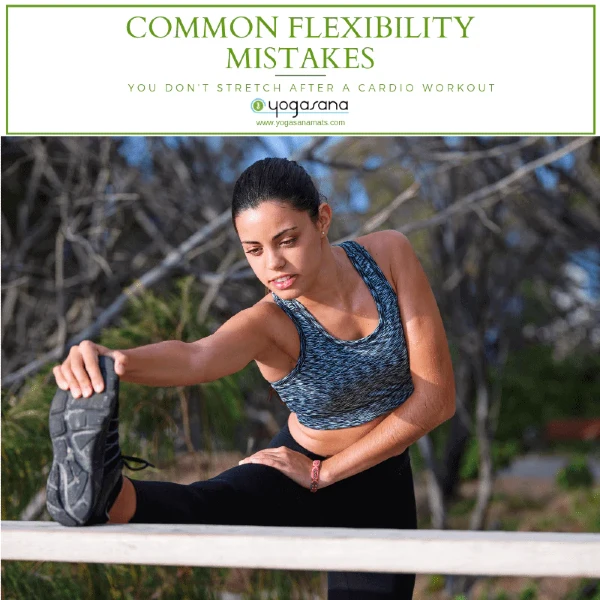
Whether you’re running, biking, or brisk walking, stretching afterward is key. If you fail to stretch, you could undo all the work you’ve been committed to over the last few weeks and months. Stretching after an exercise increases the flexibility of your muscles. Your constricted and contracted muscles are released back to its regular state. Blood circulation improves by cooling down your body and returns your heart rate back to normal. So, not only does it add flexibility to your muscles, but it also helps prevent cardiovascular injuries. And these are just a few other benefits you can get from stretching after a nice sequence of exercise.
What to do
Consistently do a post-workout routine when you exercise. Lower down the intensity for about 3 to 5 minutes. Stretch your legs, arms, chest and core. Swimming is a low impact exercise you can also do post-workout. It allows your body to recuperate after an intense flexing exercise. Plus, you’ll literary feel cooled down after a dip in the pool.
Dynamic stretches are also a good way to return your body back to its normal rhythm. After the yoga sequence, consider doing smaller, and less strenuous positions. Do it for about 10 minutes, just enough to tell your body to go back to normal. And if you’re a little out of energy to do any of these, then just doing a 10-minute leisurely walk will do the trick.
In Conclusion
There’s a lot of good exercises that can help improve your flexibility, especially in yoga. But skipping on things that are essential sometimes does more harm than good to your body.
You may not notice it at times, but if you’re aware of what you are doing wrong, or not doing at all, then there’s a better chance you could them. Then hopefully, you can make your exercise routines work to your advantage. Take note now of these mistakes and try to get them right next time.
